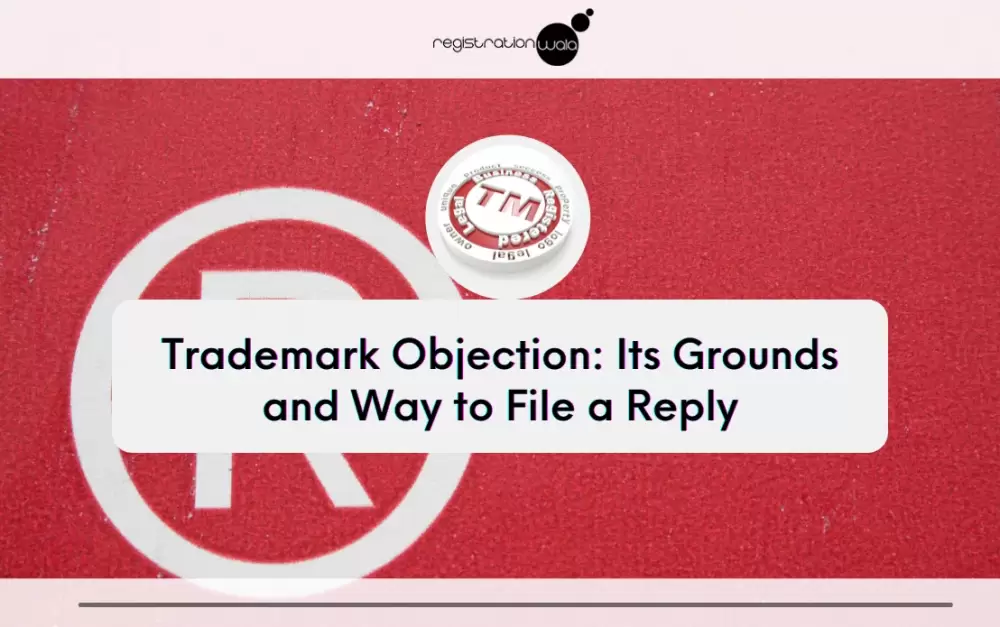
Get a Quote
Get a Quote and Find Services to Fit Your Needs 50000+ Satisfied Clients
5000+ Licenses & Registration
15 Branches across India
75 Years + Combined experience


Explore the history of the classic Lorem Ipsum passage and generate your own text using any number of characters, words, sentences or paragraphs.
Trademark registration is a process that takes you through several ups and downs. One such down is the trademark objection. Objectively speaking, out of all the trademark registration applications, about 60 per cent of them will be objected to. However, why is your application objected to? And what can you do to deal with such objections? Understanding the grounds of trademark objection and how to reply to trademark objection will be our focus throughout this blog.
There are two grounds upon which your trademark application can be objected. These grounds are the following:
These are the two grounds on which your trademark application can be objected to. These grounds are why doing a registered trademark search is necessary before applying. However, there are ways to deal with objections, and it is called trademark objection reply.
When the department of trademark registration examines the trademark application, a Trademark examination Report is created. The details of this report tell whether your trademark application is rejected or not. Now, if there is an objection, then it is needed to be replied to, and it is done in the following manner:
These are the steps of trademark reply. As you have seen, a response can either be positive or negative. To that end, you definitely would want to avoid the hearing. Therefore, make sure that the right professionals are filing the reply. Registrationwala is a team of professionals that can provide you with such a service. Confide in them if you want to make sure that your mark is advertised.

Hey there, I'm Dushyant Sharma. With the extensive knowledge I've gained in past 8 years, I have been creating content on various subjects such as banking, insurance, telecom, and all the important registration and licensing processes for various companies. I'm here to help everyone with my expertise in these areas through my articles.

